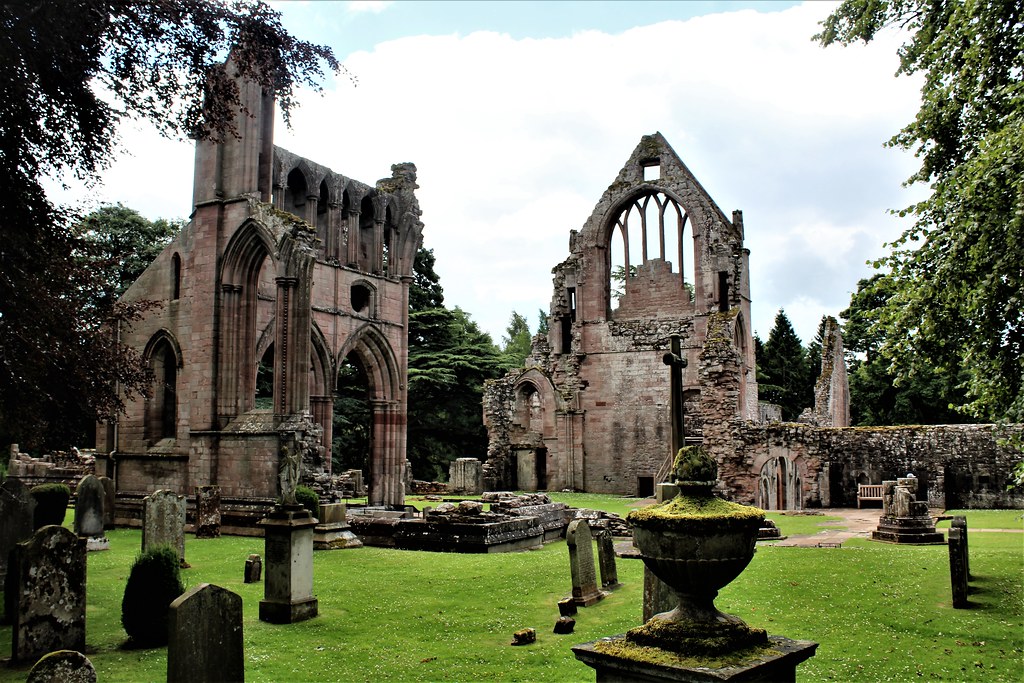Border Abbeys, Scotland
(Image above is of Melrose Abbey)
This evening, I am posting information on Scotland's Border Abbeys which individually and collectively form a key visitor attraction in the Scottish Borders region, about half way between Edinburgh and the English border.
By way of background:
Kelso Abbey
Dryburgh Abbey
Jedburgh Abbey
Melrose Abbey
This evening, I am posting information on Scotland's Border Abbeys which individually and collectively form a key visitor attraction in the Scottish Borders region, about half way between Edinburgh and the English border.
By way of background:
- All of the abbeys were established in the first half of the 12th century, three with direct royal sponsorship and one (Dryburgh) with indirect royal support.
- Each abbey was built and occupied by discrete orders of monks as follows: Melrose-Cistercians; Jedburgh- Augustinians; Dryburgh-Premonstratensions; Kelso-Tironensians.
- The abbeys are in relatively close proximity to each other, in a triangle of productive farmland with maximum distance between each of 14 miles.
- In common with practice in Europe at the time,the abbeys were not just places of religious worship but also business enterprises through control of the local economy via farming, brewing and textiles.
- Location of the abbeys proved to be a contributor to their downfall. This is because they were on the route of invading (and retreating) armies from England during (a) the Wars of Independence (13th/14th centuries) and (b) Henry VIII's 'Rough Wooing' of the mid 16th century. The English armies deliberately attacked and partly destroyed the abbeys because of their links with the Scottish state and dominance of the local economy.
- Final denouement of the abbeys occurred around 1560 when Scotland switched from being a Catholic to a Protestant country.
Kelso Abbey
Dryburgh Abbey
Jedburgh Abbey
Melrose Abbey






Comments
Post a Comment